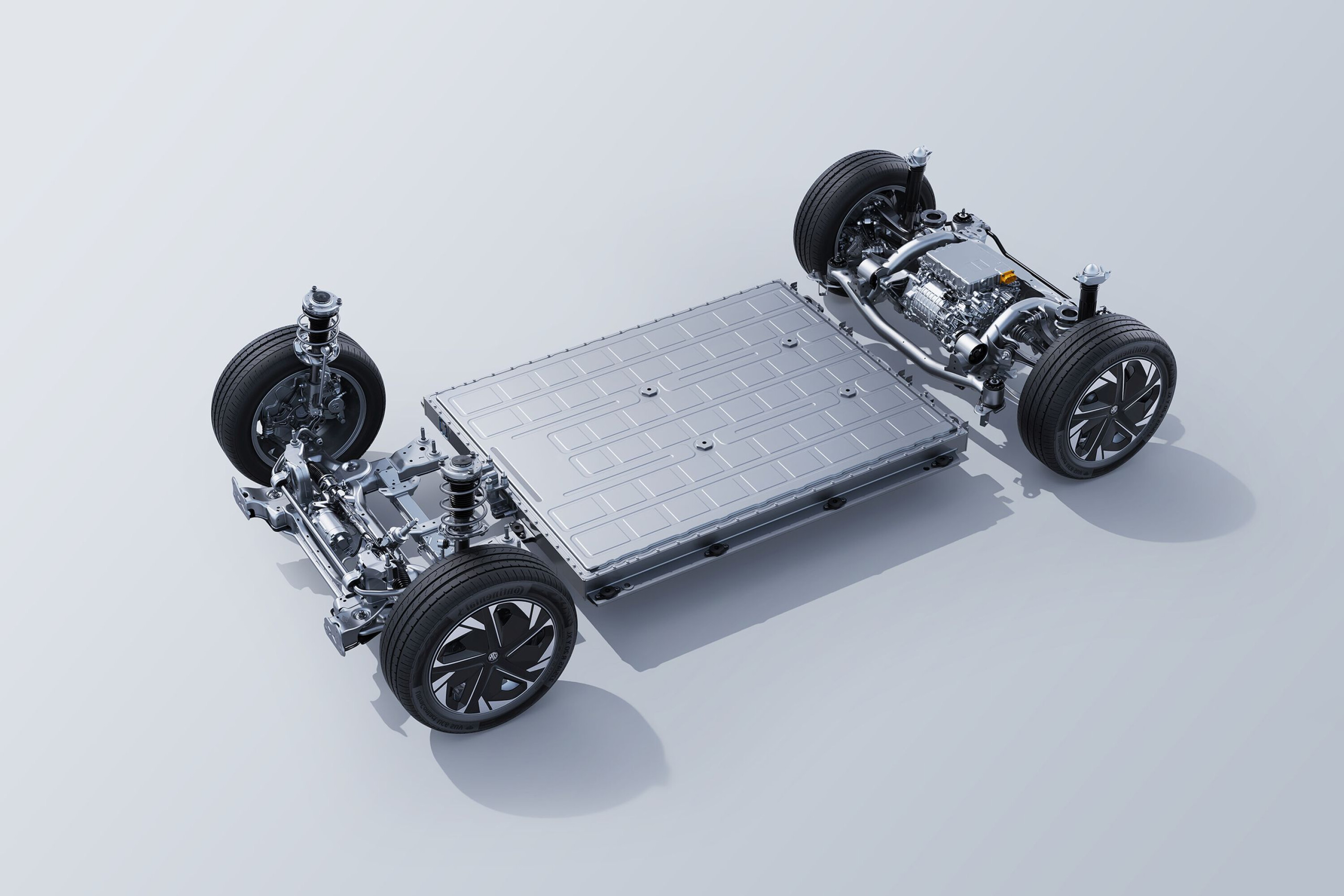
NMC vs LFP: Which EV battery is best?
Snapshot
- Each battery cathode chemistry has pros and cons
- Better performing NMC vs longer-lasting, cheaper LFP
- New battery tech is emerging to address concerns
Battery packs are central to power electric vehicles, but not all are created equally.
Car brands often use terms such as ‘lithium-ion’ and ‘LFP’ in marketing material, but what do they mean? Importantly, what are the differences and which is best for your needs when considering the electric switch?
JUMP AHEAD
- ? What is an EV battery?
- ? Lithium-ion battery
- ? Lithium-ferrous-phosphate battery
- ? What are the alternatives?
- ? Which is the best EV battery?
- ? Time to make the electric switch?
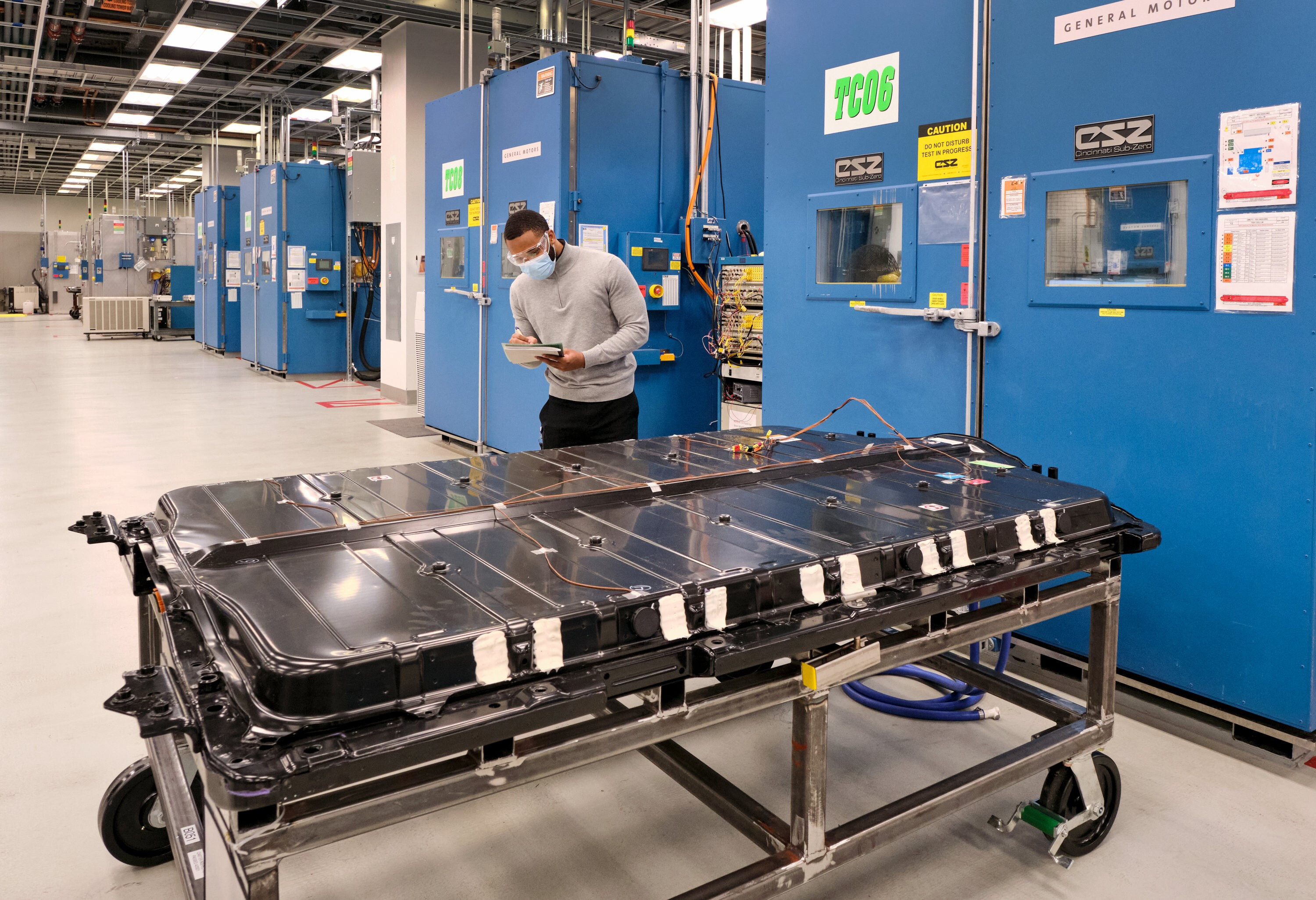
? What is an EV battery?
The electric car battery is the key source of ‘juice’ to power the electric drive unit and vehicle.
It is a large, high-voltage energy storage block that’s positioned underneath the vehicle, similar to a fuel tank.
Conventional EV battery packs are made up of a number of smaller module blocks, which contain cells within them (either pouch, prismatic or cylindrical shaped).
The cells are made up of a cathode (positive terminal), a separator with liquid electrolyte, and an anode (negative terminal).
Charged particles (ions) need to move from cathode to anode via the electrolyte when charging – and vice versa when discharging – in order for electrons to move around between cathode and anode current collectors.
Ultimately, the process of moving ions and electrons will charge and discharge a battery.
What’s a structural EV battery?
‘Structural batteries’ are emerging, where cells are directly embedded within the vehicle chassis, eliminating the need for space- and weight-wasting modules in a pack enclosure.
The BYD Seal debuted the unique construction in Australia, which is said to enable the electric sedan to be more space efficient, sit lower for better aerodynamic efficiency, and improve body stiffness.
However, this design has been questioned by vehicle design engineer and advisor Sandy Munro, who told Reuters [↗] that structural batteries have “zero repairability” in the event of an accident.
A variety of contentious raw materials making up each part of an EV battery. Differences in the cathode side in particular result in the three key battery types available today.
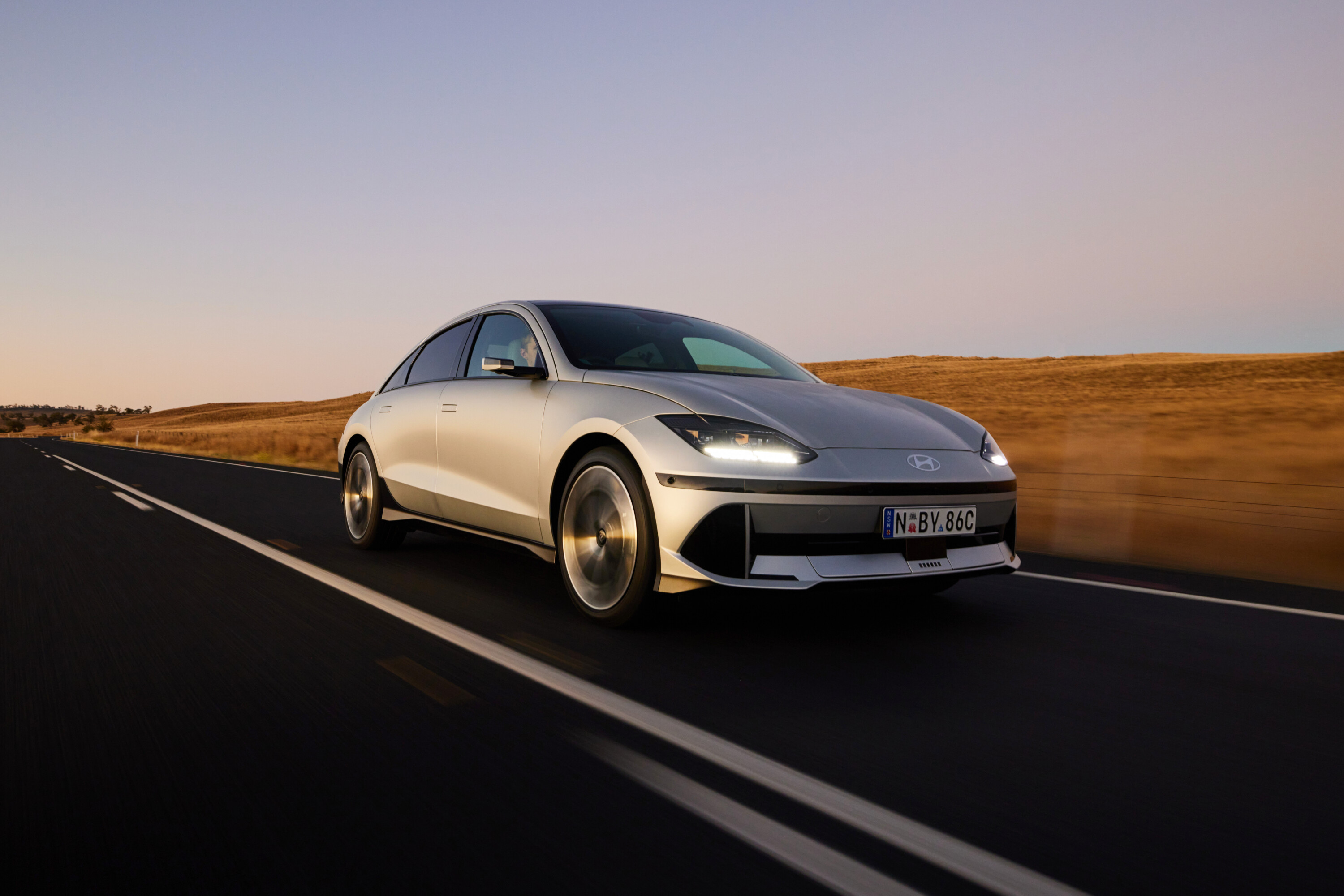
? Lithium-ion battery
Lithium-ion (Li-ion) batteries are the most common type in new EVs today, with two main cathode chemistry makeups.
⚡️ NMC
The good
- High energy density
- Good charging performance
- More recyclable materials
The not so good
- Shorter life cycle
- Higher thermal runway risk
- Unsustainable, expensive materials
Nickel-manganese-cobalt (NMC) is the most common battery cathode material found in EV models today due to its good range and charging performance.
The key advantage for NMC batteries is higher energy density up to around 250Wh/kg – which means it can provide longer driving range by packing more energy in the volume of each cell and be space-efficient.
However, due to this, its cells have lower thermal stability and tend to reach the thermal runaway point earlier – a dangerous chain heating reaction causing a difficult-to-extinguish fire.
NMC batteries also require expensive, supply-limited and environmentally unfriendly raw materials – including lithium, cobalt, nickel and manganese.
On the other hand, due to lithium-ion’s global prevalence, there are more facilities set up to repurpose and recycle these materials once they eventually reach their end-of-life.
NMC also has a shorter lifespan by only being able to handle an estimated 1000 to 2000 full recharging cycles (0 to 100 per cent counts) depending on the manufacturer. But, the capacity may already degrade by around 40 per cent after 1000 cycles, according to Poworks [↗].
Most car brands recommend an 80 per cent everyday charging limit on NMC packs to maintain good health.
Example NMC battery EV models
- Tesla Model Y (Long Range and Performance only)
- Tesla Model 3 (Long Range and Performance only)
- Polestar 2
- Volvo EX30
- BMW iX3
- Tesla Model Y (Long Range and Performance only)
- Tesla Model 3 (Long Range and Performance only)
- Polestar 2
- Volvo EX30
- BMW iX3
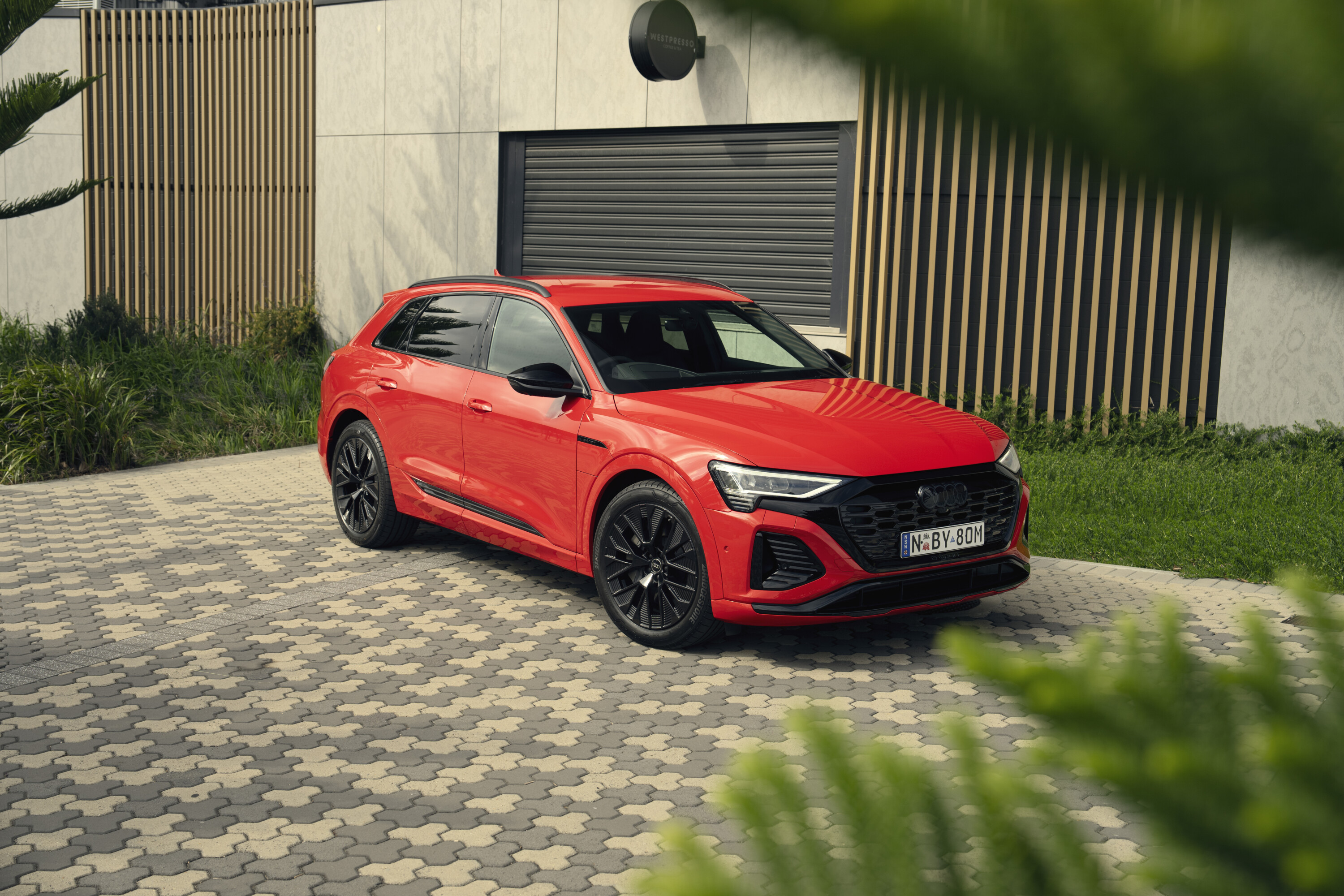
⚡️ NCA
The good
- No contentious manganese, less cobalt
- Shares benefits of NMC
The not so good
- Shares disadvantages of NMC
- Uncommon in EVs
Nickel-cobalt-aluminium (NCA) cathode lithium-ion batteries are mostly similar to NMC.
However, NCA swaps the manganese with more sustainable aluminium and uses less cobalt in the cathode.
Therefore, it still shares similar advantages and disadvantages with NMC across driving range, charging, longevity and thermal safety.
But, NCA isn’t as commonly adopted by car brands – though not all manufacturers disclose the exact cathode used and instead just quote ‘lithium-ion’.
Example NCA battery EV models
- Audi Q8 E-Tron
- Tesla Model 3 (older pre-2021 models)
- Tesla Model S (discontinued in Australia)
- Tesla Model X (discontinued in Australia)
- Audi Q8 E-Tron
- Tesla Model 3 (older pre-2021 models)
- Tesla Model S (discontinued in Australia)
- Tesla Model X (discontinued in Australia)
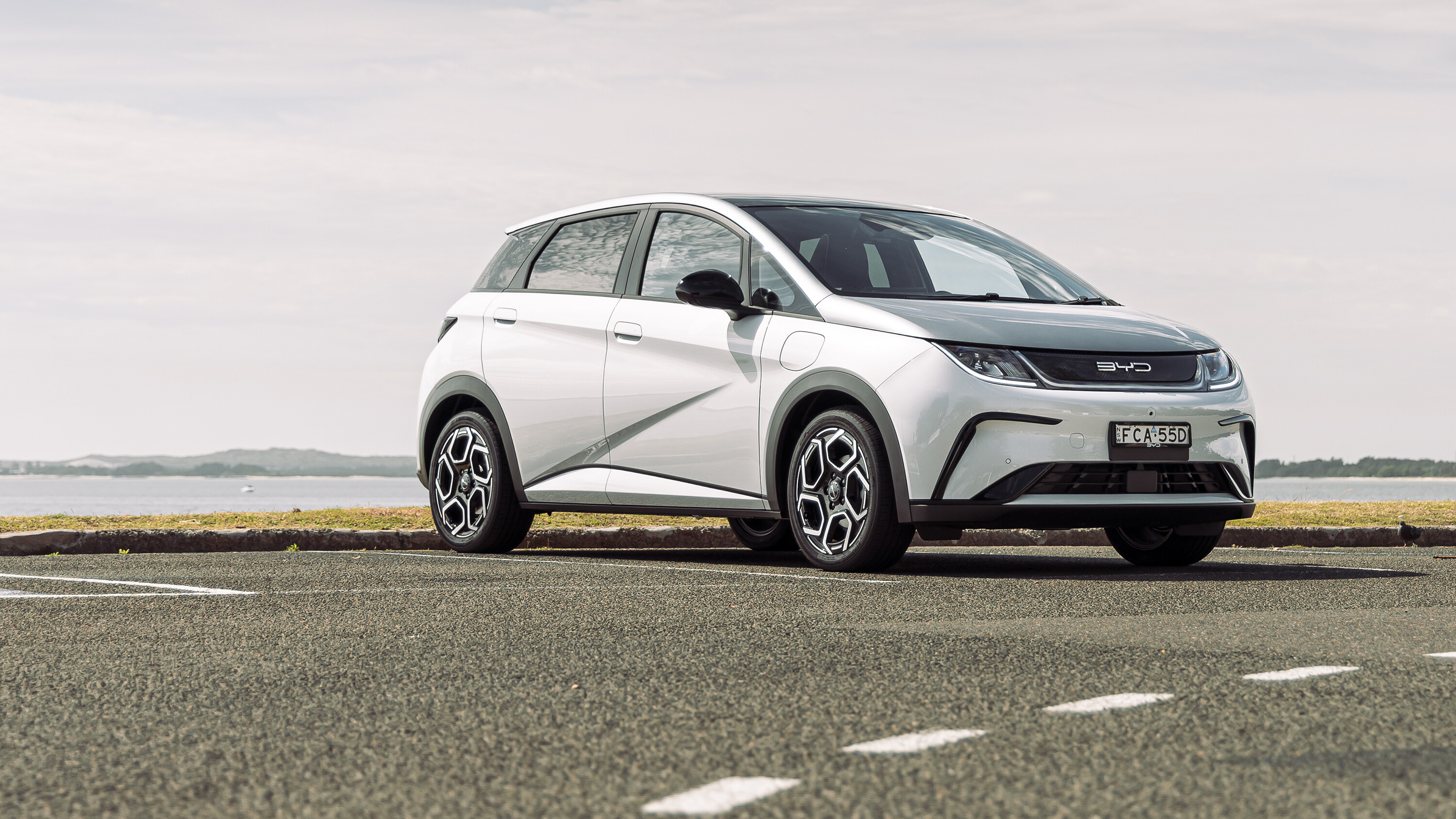
? Lithium-ferrous-phosphate battery
Lithium-ferrous-phosphate (LiFePO 4) cathodes are emerging in more lower-priced, entry-level EV models as it’s cheaper to produce.
⚡️ LFP
The good
- Longer-lasting life cycle
- Cheaper to produce, enable more affordable EVs
- Lower thermal runaway risk
The not so good
- Lower energy density, heavier
- More temperature-sensitive charging
- Still relies on lithium, less recyclable content
Lithium-iron-phosphate (LFP) batteries address the disadvantages of lithium-ion with a longer lifespan and better safety.
Importantly, it can sustain an estimated 3000 to 5000 charge cycles before a significant degradation hit – about double the longevity of typical NMC and NCA lithium-ion batteries.
Deep full recharging to 100 per cent also doesn’t drastically impact the battery health, which is why there’s generally no recommended daily charging limit to allow always utilising the full driving range capabilities. Regular full charging is in fact encouraged to help calibrate the cells.
The better stability also means it’s less susceptible to generating thermal runaway in the event of a short circuit or severe crash; it’s safer to operate in extremely low and high temperature environments.
However, LFP batteries are heavier and have lower energy density of up to around 150Wh/kg.
Therefore, it typically offers less driving range than the equivalently-sized lithium-ion pack.
The chemistry is also more sensitive to low temperatures, resulting in a higher chance of DC charging speed throttling during colder climates.
While it doesn’t contain any environmentally contentious cobalt, nickel and manganese, it still relies on the expensive lithium material.
Even though it has a smaller carbon footprint from the factory, the lack of said materials means it overall has less recyclable content than a typical lithium-ion battery – with the industry still working to improve extraction processes for LFP.
Example LFP battery EV models
- BYD Dolphin
- MG 4 (Excite 51 only)
- GWM Ora (Standard Range only)
- BYD Atto 3
- BYD Seal
- Tesla Model 3 (RWD only)
- Tesla Model Y (RWD only)
- BYD Dolphin
- MG 4 (Excite 51 only)
- GWM Ora (Standard Range only)
- BYD Atto 3
- BYD Seal
- Tesla Model 3 (RWD only)
- Tesla Model Y (RWD only)

? What are the alternatives?
It’s clear that there’s no ‘perfect’ EV battery. But, technology has significantly improved since the old lead-acid days – and is still evolving.
- ⚡️ Nickel-metal hydride (NiMH) battery – older type, heavier, shorter lifespan, and has a more “significant environmental impact” than lithium-ion. It is currently used in the Toyota RAV4 Hybrid and Kluger Hybrid.
- ⚡️ Sodium-ion battery – emerging alternative to LFP by using sodium instead of supply-limited lithium, in order to be cheaper with similar LFP advantages and disadvantages (learn more here). No new car currently features it, but BYD will reportedly debut it on the entry-level Seagull EV in China.
- ⚡️ Solid-state battery – expected to be the answer to Li-ion and LFP woes with a solid electrolyte and less raw materials, providing long range, fast charging, a lighter weight, and reduced thermal runaway risk. EVs are expected to debut in around 2030, though it will be initially expensive.
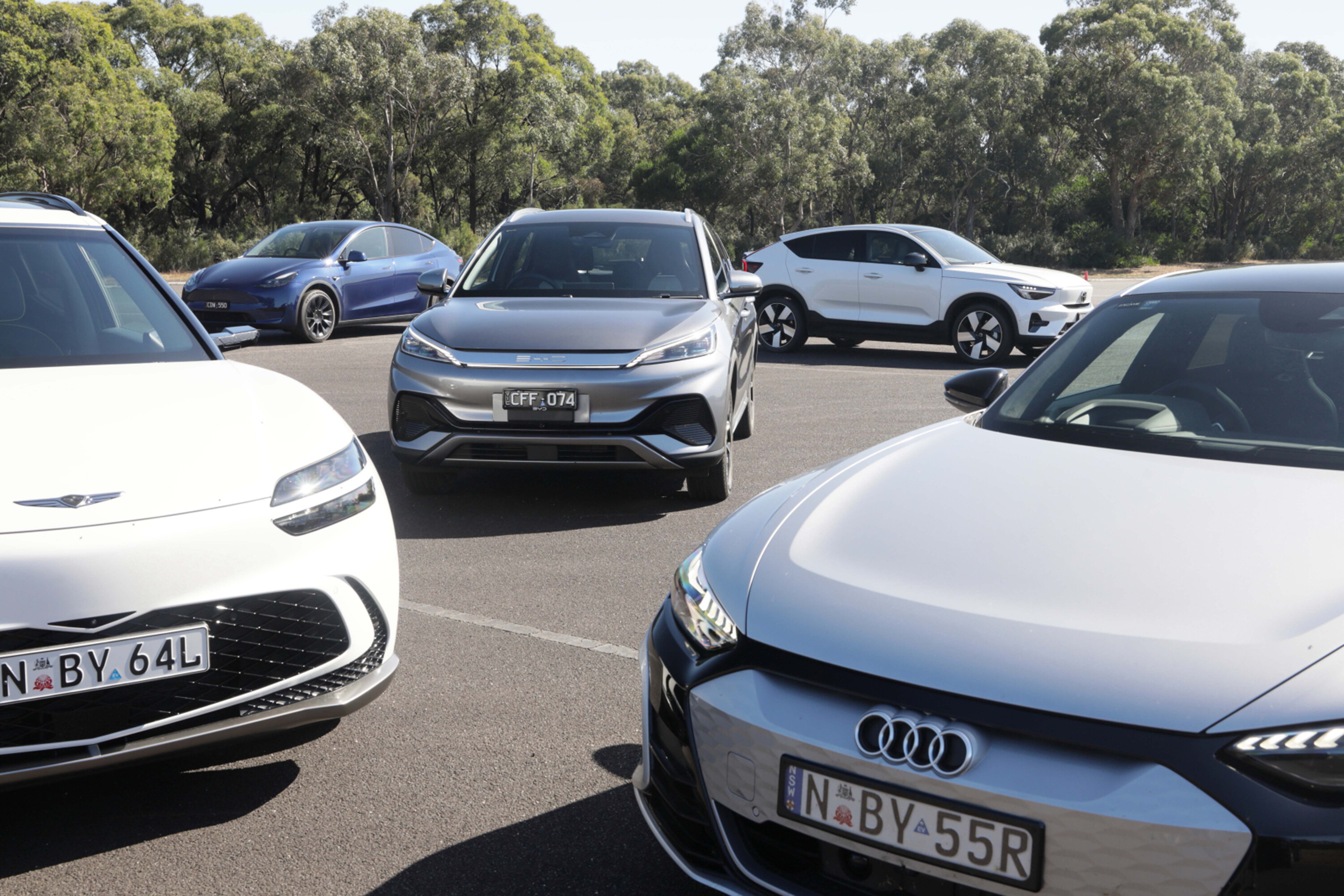
? Which is the best EV battery?
Each battery cathode chemistry has its own unique advantages and disadvantages.
LFP is theoretically the best as it currently is the longest-lasting battery type, can be regularly charged to 100 per cent, has less thermal runaway risk, and is cheaper to produce to enable more affordable EVs.
Meanwhile, lithium-ion (with NMC and NCA cathodes) provides more driving range, faster charging performance, and contains more recyclable content with today’s facilities.
In many respects, it’s the old ‘horses for courses’ argument, though the next few years will see significant improvements in EV batteries.
Importantly, EV battery producers and car manufacturers today already pack a range of provisions to ensure they are safe to use on our roads – regardless of the battery type.

? Is it time to make the electric switch?
EVs are not for everyone (for now), but they are right for most.
True EV sustainability, charging reliability, and the purchase price remain key perceived issues. For more, check out our /Electric hub guides below.
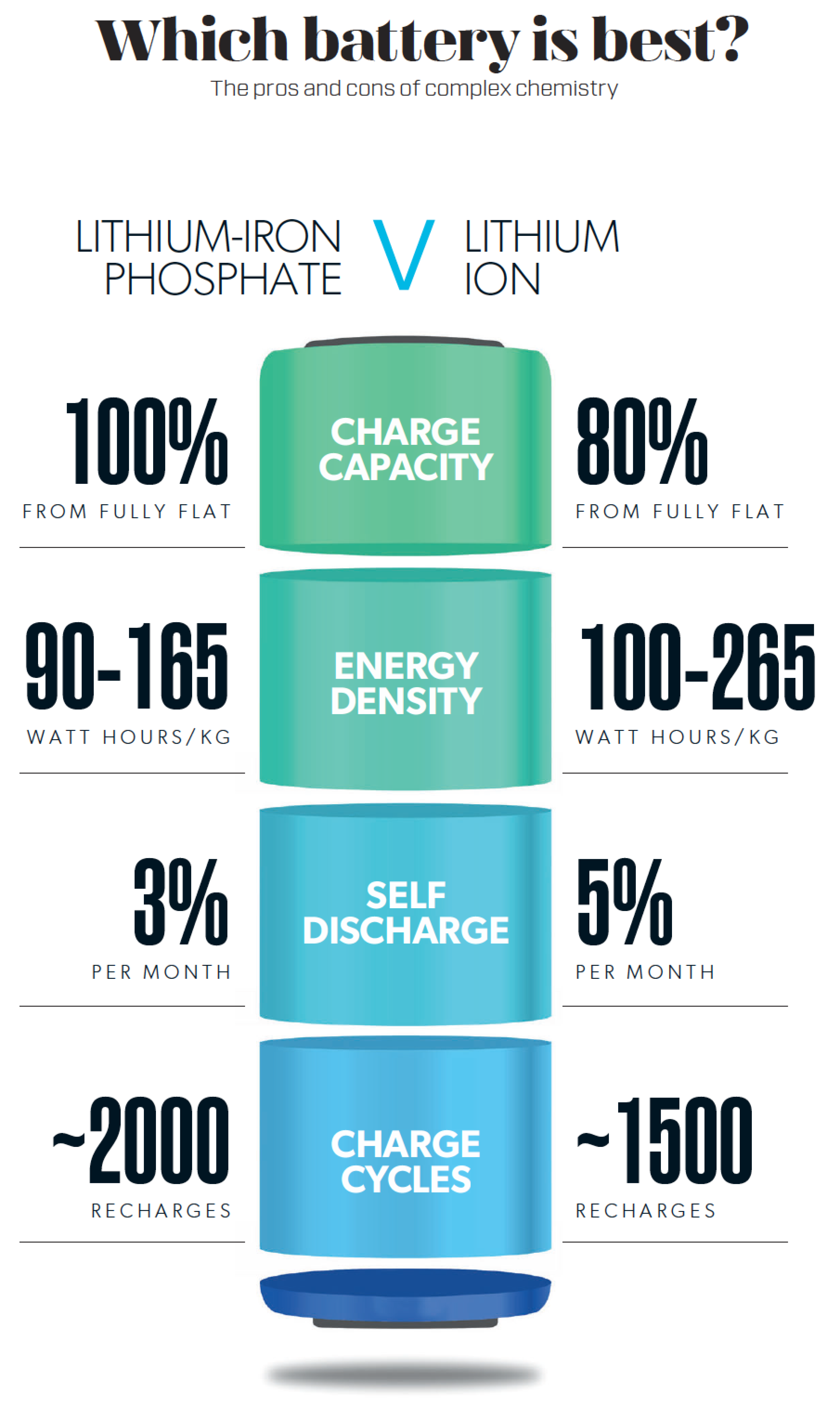
We recommend
-
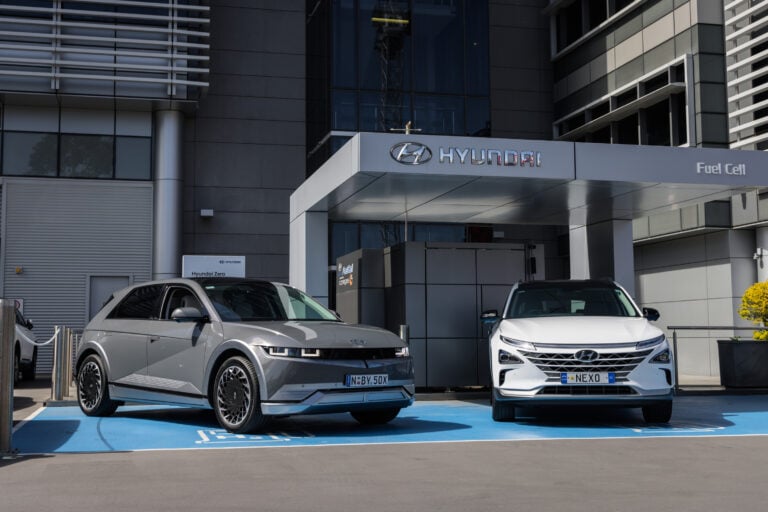 Advice
AdviceHydrogen or battery-electric cars: Which is right for Australia?
Why are battery EVs starting to take off, while hydrogen continues to be stuck at ground level?
-
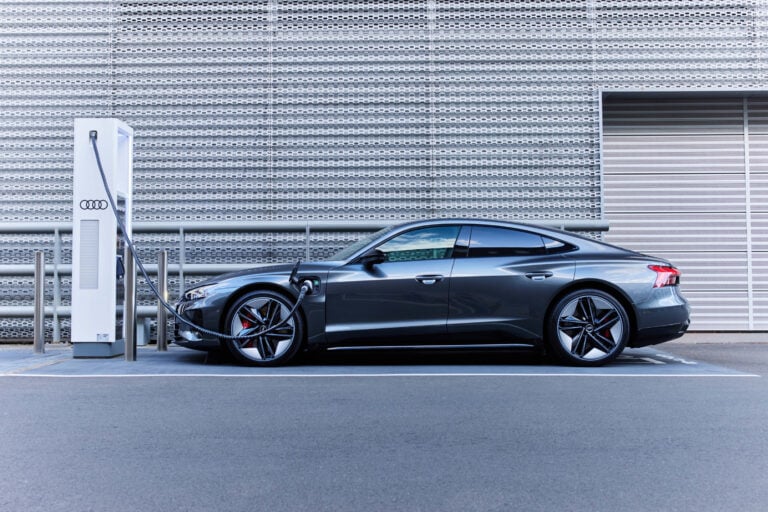 Advice
AdviceThese are the fastest-charging electric cars, if you're in a hurry
These are the quickest charging EVs in Australia, and why higher numbers isn't always best
-
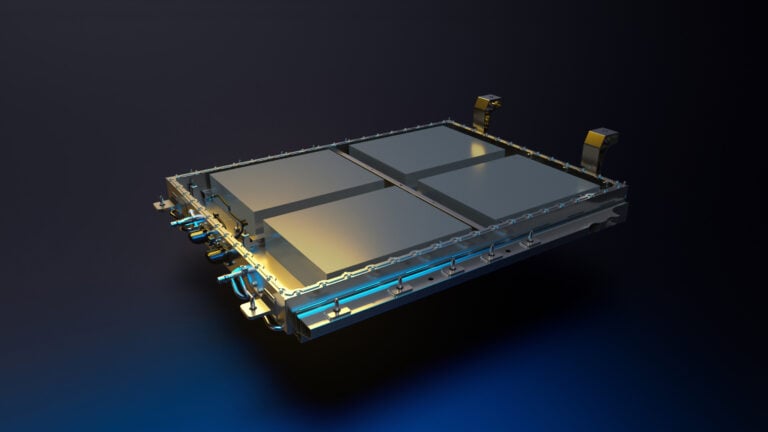 News
NewsWhat are sodium-ion electric car batteries?
Lithium-ion battery costs have risen, proving a headache for cheaper EVs. But, sodium-ion tech is emerging as a potential solution




